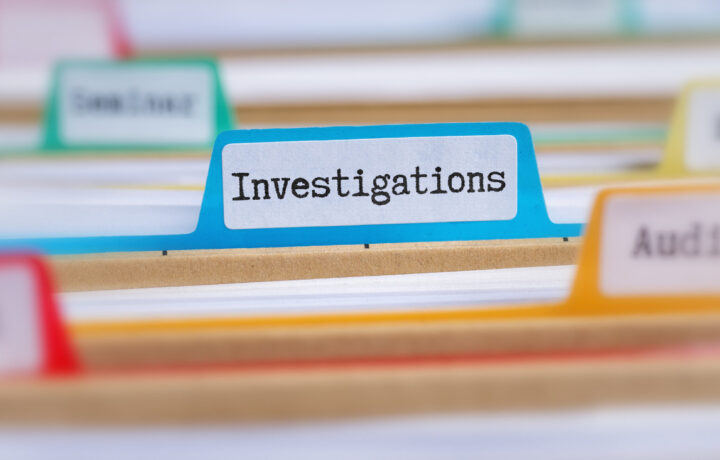The Intelligence and National Security Alliance (INSA) hosted a ‘Coffee and Conversation’ with William Lietzau, Director of the Defense and Counterintelligence Security Agency (DCSA) regarding Trusted Workforce 2.0, updates to the security clearance process to increase efficiencies in vetting (like the updated Personnel Vetting Questionnaire), and how the Defense Industrial Base (DIB) can combat current challenges to security.
“What has happened in the last couple years is a substantial maturation of the agency. We are no longer the new agency,” Lietzau noted.
DCSA has distinct mission sets that have reconfigured the agency from where it started – missions under personnel security, industrial security, counterintelligence, insider threat and security training. Lietzau says that they have strategic goals specific to each mission area, and in the last two years, you can see a notable improvement in each mission area. A key focus has been implementing regional directors and updating the agency’s regions, achieving a common culture, and continuing to decrease the timelines for initial security applicants and implementing phase one of Trusted Workforce 2.0 – all while decreasing the cost of the personnel security program to the American taxpayer, Lietzau emphasized.
TRUSTED WORKFORCE 2.0
Lietzau gave an overview of where DCSA is at with Trusted Workforce 2.0 implementation and how industry can help.
The first part of Trusted Workforce was to improve timeliness and bring down backlog. DCSA quickly pivoted from TS timelines of 400-500 days to today, where timelines are less than 100 days and around an 80% reduction. Instead of waiting five to ten years to be reinvestigated, the 4 million people with security clearances are continuously vetted, and Leitzau notes, “There’s no question that we have a more trusted workforce because of it.”
With a leaner and meaner process, DCSA has reduced the cost of the taxpayer, and they are working on Phase 2 of Trusted Workforce 2.0, which involves updating the government’s personnel vetting IT system into a modern tool.
How can we better understand our adversaries?
While personnel vetting is a critical part of DCSA’s mission, so is counterintelligence and industrial security. Along with working to improve timelines for granting facility security clearance, DCSA is working to take action to protect the larger security enterprise, including academia, from pervasive threats against the supply chain, technology, and innovation.
“Entities are attempting to penetrate unclassified systems of cleared contractors,” emphasized Lietzau. – “We are constantly taking action to close vulnerabilities and inform the larger team, security enterprise.”




